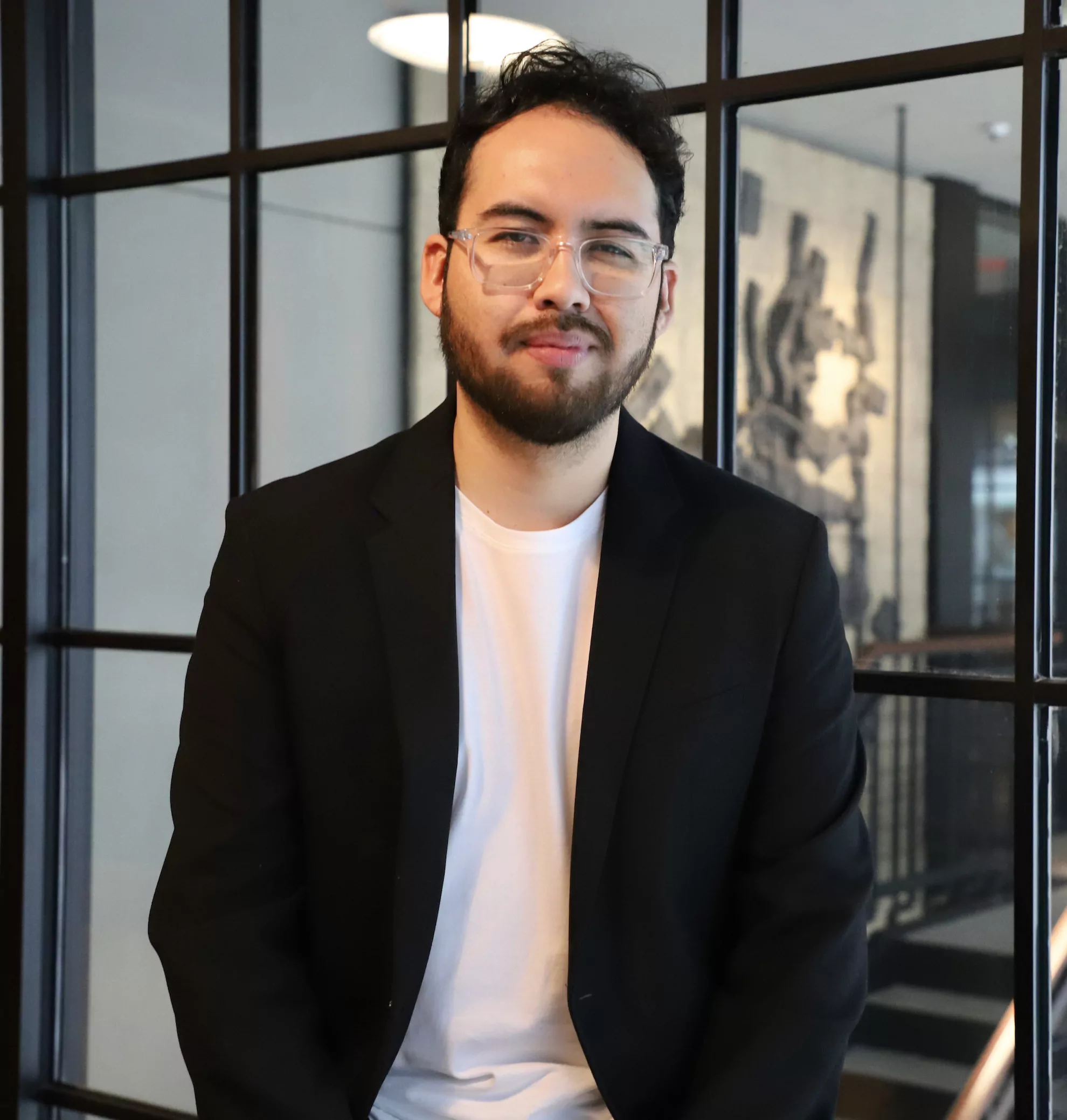Marcos Echeverría Ortiz is an award-winning interdisciplinary journalist, photographer, and documentary maker practicing transmedia storytelling. His work uses hybrid media to explore the immigrant experience in New York City through stories connected to memory, archives, identity, underground music, and human rights. His work has been exhibited and installed in Spain, Germany, Puerto Rico, Panamá, Argentina, Colombia, Ecuador, and the US. He has recently covered social justice movements and worked with organizations such as NYCC, Make The Road New York, and Lincoln Center. His writings and photos have been published in the Latinx Project at NYU, Noisey VICE, among other media outlets. Marcos was a fellow of the Provost Scholarship at The New School, where he graduated with honors from the MA program in Media Studies. His most recent project is “Where We Were Safe,” an idoc/oral history archive about how the lost and destroyed salsa music landmarks in New York City informed community resistance in the abrasive 1970s.
Mediums: Film, Non Fiction Writing, Mixed Media/Installation, Digital
Location: Queens, NY


